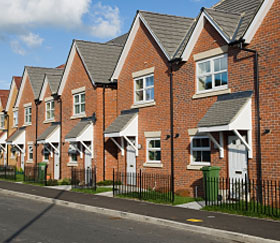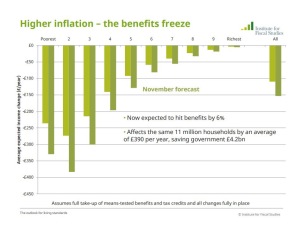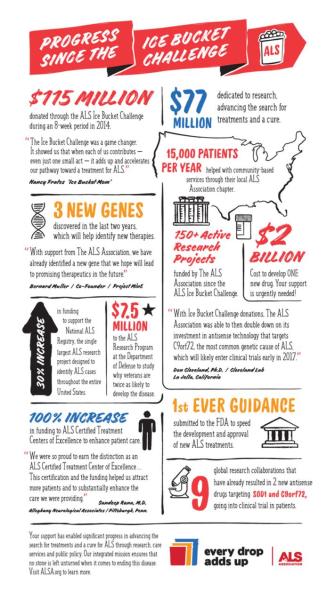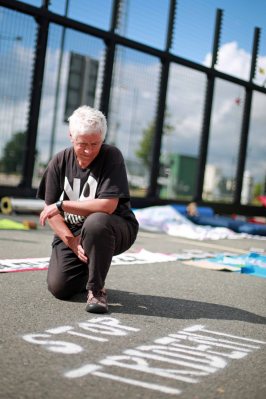 One of the few issues to break through the wall-to-wall coverage of Brexit recently has been housing, with the Prime Minister making it her personal mission to solve the housing crisis.
One of the few issues to break through the wall-to-wall coverage of Brexit recently has been housing, with the Prime Minister making it her personal mission to solve the housing crisis.
Like Brexit, it could also be a defining issue for many when the country returns to the polls at the next General Election, whenever that comes round again…
And yesterday, the consultation closed on the Social Housing Green Paper, which was described as a ‘new deal’ for social housing.
There was early criticism that the plans failed to address supply but Government has made great strides elsewhere by lifting the cap on council borrowing and creating strategic partnerships with housing associations. There’s more to do, particularly on land, but we’re moving in the right direction.
But given the tragedy at Grenfell Tower and feedback from social housing tenants at the government tenant events, this was always going to be about other issues: stigma, safety standards, transparency, customer service and accountability.
It was only really welfare that was really missing from the consultation, which to me remains a fundamental part of the future of social housing and creates stigma.
With the consultation having now drawn to a close, all eyes will be back on government to see what they decide to do next – and whether any changes need legislation. If they do, given the current political atmosphere and an understandable focus on the challenges and workload Brexit will bring, that may be a long drawn-out process. I hope I am being unnecessarily pessimistic.
Whatever and whenever the next steps arrive, I think the process of getting to this point has already had a significant impact.
It’s made government, the public and all those working in social housing take a step back and face up to their role in creating stigma. We saw a marked change of tone in Theresa May’s speech at the National Housing Federation conference.
But it’s about us too. How do we talk about our residents/tenants/customers? How do we market our own home ownership products – is it always a step up, on to the ladder and so on? How often do tell stories where we’re the hero, rescuing the vulnerable or turning lives around? Do we really give a balanced view of the millions who live in social housing?
It’s brought safety standards into the light, with some really excellent reporting from Inside Housing maintaining the publicity and the pressure. Frankly, anything that makes the homes where people live a higher quality and safer can only be a good thing.
And, in thinking through the questions over the last few months, housing associations have asked themselves if they provide the best service they can, how involved are their residents in shaping and scrutinising services, how transparent are they in demonstrating their operational performance – and the difference that they make?
It’s absolutely made employees – from trades operatives to chief executive officers – listen harder to their residents; we need to make sure that genuine desire to listen and have honest conversations – and learn from them – continue far beyond the consultation period.
The sector does some really fantastic work, it delivers where the market doesn’t, it challenges stigma and fights for those who do not always have a voice, and it does set itself high standards. It’s done this for years, long before the public backing it’s currently enjoying from government.
But I’m sure every employee in every housing association, in considering the Green Paper themes, will have realised that there’s something they can do to make things better – even if it’s a small change – today.
Let’s not wait for government, let’s act now.
 Recently, as we’ve started thinking about the future of internal communications here, we’ve talked a lot about trust.
Recently, as we’ve started thinking about the future of internal communications here, we’ve talked a lot about trust.
 They are iconic headlines and, while many have played down Kelvin MacKenzie’s bold claim, our national newspapers did held immense political and social power.
They are iconic headlines and, while many have played down Kelvin MacKenzie’s bold claim, our national newspapers did held immense political and social power.










